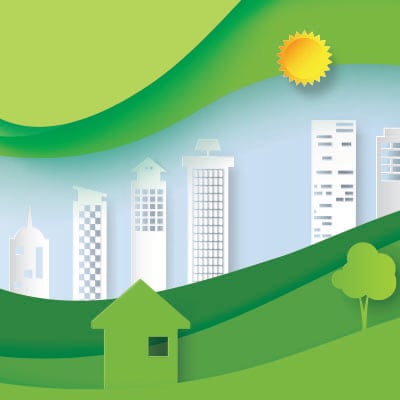Did you know we use climate-friendly coolants?
Thermo Fisher Scientific is committed to improving the environmental impact of our ultralow-temperature freezers by using green hydrocarbon (HC) refrigerants. They’re compliant with the US Environmental Protection Agency’s Significant New Alternative Policy (SNAP) program (enforced by states including California), European F-gas regulations, and other global policies.





Greener products
Eco-friendly |














































Beginning












Click on an icon to reveal morE

100% recyclable box and insert made from paperboard, a renewable resource
Why does size matter?









Consolidated reagents: no wash buffer, reduced reaction volumes
Thinking outside the box









Thermo Scientific TSX ULT freezers use up to 70% less energy than older conventional units, saving as much as 6 tons of CO per year. That’s the same amount of greenhouse gas emissions generated by driving nearly 15,000 miles in an average passenger vehicle, similar to going back and forth from New York to Los Angeles about five-and-a-half times.
Next steps: our ongoing sustainable development goals





















greener is cooler
When it comes to cold storage,
ProQuantum kit packaging volume is 89% smaller than a typical ELISA kit, with 79% less packaging material

100% recyclable box and insert made from paperboard, a renewable resource

Consolidated reagents: no wash buffer, reduced reaction volumes






Beginning



















Variable-speed compressor technology, powered by V-drive adaptive control, enables optimal cooling conditions at all times. It seamlessly adjusts to external and internal conditions, user patterns, and sample loading and removal through activity monitoring and sensing capabilities to help maintain tight temperature uniformity and save energy.
What’s so cool about dynamic temperature control?


Studies show that more than 60% of a lab’s total energy consumption comes from heating, ventilation, and air conditioning (HVAC) processes. Our TSX series of refrigerators and freezers emit less heat, mitigating the burden on (and costs of) your HVAC system. They’re also safe to use in clean room environments.
Does your lab benefit from reduced heat emissions?
How low is your energy consumption?


















2
2
2